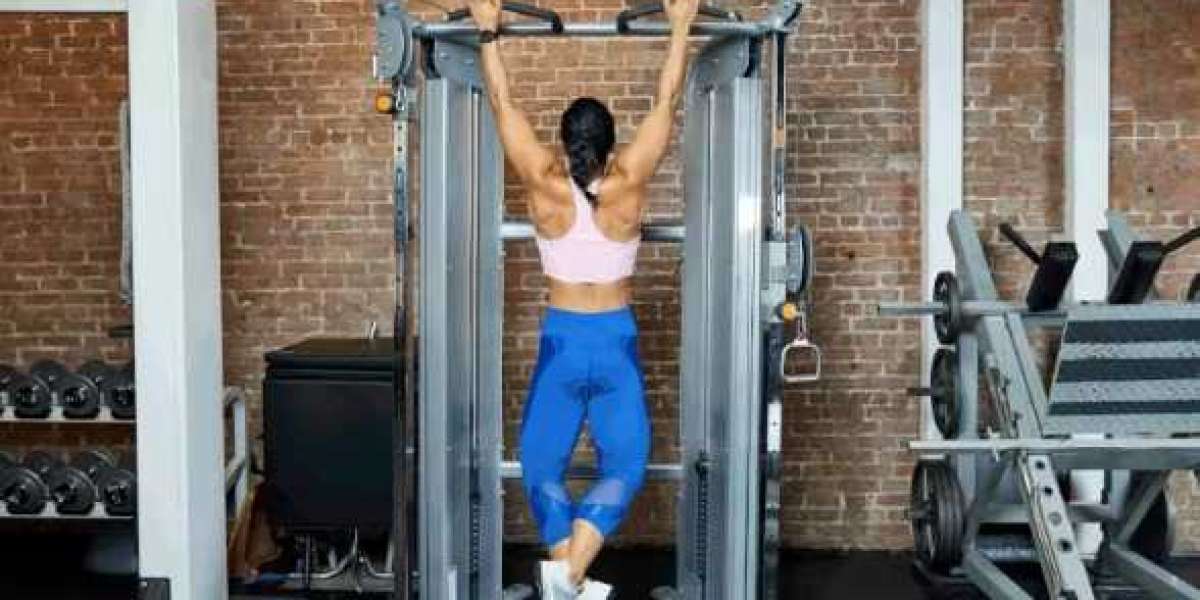Introduction
Paddle sports such as kayaking, canoeing, and stand-up paddleboarding (SUP) are exhilarating activities that require a blend of endurance, balance, and strength. Whether you're slicing through water on a serene lake or riding waves in the ocean, enhancing your physical capabilities will take your paddle sports experience to the next level. These sports demand much from your body, particularly your core, shoulders, and upper back. But while paddling might seem like an arm-intensive sport, the real key to improving your performance lies in strengthening your whole body to increase power, stability, and endurance.
Incorporating a well-rounded training regimen can help you build the strength and stamina required to paddle more efficiently and avoid injury. The right exercises will help you increase your paddling power, improve endurance, and recover faster after long or intense outings.
In this blog, we’ll cover three essential exercises that are perfect for paddle sports enthusiasts. These exercises are specifically chosen to boost your paddling power, improve stability, and enhance your overall performance on the water. Let’s dive into them!
Men with erectile dysfunction (ED) are the main patients for the medicine Tadalista 20 mg. Tadalafil, the medicine's active component, is a member of the phosphodiesterase type 5 (PDE5) inhibitors pharmacological class. Tadalafil helps men get and keep an erection by boosting blood flow to the penis during sexual stimulation. When treating erectile dysfunction, Kamagra Oral Jelly acts quickly to increase blood flow for erections.
1. Rotational Core Exercises: The Russian Twist
Paddle sports are heavily dependent on rotational movement. Whether you're paddling on one side or alternating sides, your torso is constantly twisting to generate power. This is why developing strong oblique muscles, as well as your overall core, is crucial for optimizing your paddling performance.
Why It’s Important:
The Russian Twist helps improve rotational power, which is key for any paddling motion. It builds strength in your obliques, rectus ab dominis, and transverse abdominis, which will help you generate more force with each stroke. A strong core also supports your lower back, reducing the risk of injury while maintaining balance and stability, both in and out of the water.
How to Do It:
- Sit on the floor with your knees bent and feet flat.
- Lean back slightly, keeping your spine straight, so your torso is at a 45-degree angle to the floor.
- Hold a weight (medicine ball or dumbbell) with both hands in front of you.
- Twist your torso to the right side, moving the weight toward the floor beside your right hip. Focus on rotating from your waist, not just your arms.
- Return to the center and twist to the left side.
- Perform 3 sets of 20 rotations (10 on each side), gradually increasing weight as you become stronger.
Modifications and Variations:
- Beginner: Perform the twist without weights, focusing solely on form.
- Advanced: Lift your feet off the floor and balance on your glutes to engage your lower abs further. You can also increase the weight to add resistance.
Benefits for Paddle Sports:
The rotational motion mimics the twisting action used during paddle strokes, helping you build more torque and power in each stroke. This exercise also improves core endurance, allowing you to maintain a solid paddling rhythm for longer periods, especially during long-distance paddles.
2. Strengthening the Upper Body: Pull-Ups
Upper body strength is essential for paddle sports, as you’ll be using your back, shoulders, and arms to propel yourself through the water. Pull-ups are a fantastic way to develop the strength needed to pull through each stroke powerfully, using the latissimus dorsi (lats), biceps, and forearms, which are all essential for paddling.
Why It’s Important:
Pull-ups target the muscles that are primarily responsible for pulling motions, similar to the action required for paddling. Developing these muscles will make your paddle strokes more efficient and powerful, meaning you can cover greater distances without tiring as quickly. Additionally, pull-ups help to improve grip strength, which is vital for holding your paddle firmly, especially during intense conditions like choppy water or strong currents.
How to Do It:
- Start ep your movement controlled, avoid swinging, and use your back muscles to lift yourself.
- Lower by hanging from a pull-up bar with your palms facing away from you, hands shoulder-width apart.
- Engage your core and pull your chest up toward the bar by driving your elbows downward.
- Ke
- yourself back down slowly to the starting position, fully extending your arms at the bottom.
- Aim for 3 sets of 6-10 repetitions, increasing reps as you gain strength.
Modifications and Variations:
- Beginner: If full pull-ups are too challenging, try assisted pull-ups using a resistance band looped over the bar. Alternatively, use a lat pulldown machine to mimic the movement.
- Advanced: Increase the challenge by adding weight via a weighted vest or holding a dumbbell between your feet.
Benefits for Paddle Sports:
Pull-ups strengthen your lats, shoulders, and biceps—muscles critical for the pulling motion involved in paddling. Developing these muscles will enhance your endurance, allowing you to paddle longer without fatigue. Strong upper body muscles also give you the ability to make powerful strokes in demanding conditions, such as against strong winds or currents.
3. Lower Body Power and Balance: Bulgarian Split Squats
While paddle sports might seem focused on the upper body, having strong and stable legs is crucial for balance and power generation, especially in sports like stand-up paddleboarding or white-water kayaking. Bulgarian split squats are an excellent exercise for building lower body strength, improving balance, and enhancing overall stability.
Why It’s Important:
Your legs provide a stable base that allows you to generate power through your entire body with each stroke. Strong legs also improve your balance and agility on the water, helping you react quickly to changes in water conditions, such as waves or currents. Bulgarian split squats target your quads, hamstrings, glutes, and calves, which help you maintain a strong, balanced stance on your board or in your kayak.
How to Do It:
Stand a few feet in front of a bench or step with your back to it.
Place your right foot on the bench behind you, keeping your left foot on the ground in front.
Lower your body into a squat by bending your left knee, making sure your left thigh is parallel to the floor.
Push through your left heel to return to the standing position.
Complete 10-12 repetitions on one side before switching legs.
Perform 3 sets on each leg, gradually increasing weight by holding dumbbells in each hand.
Modifications and Variations:
Beginner: Perform regular lunges if balance is an issue or if you’re new to this movement.
Advanced: Increase difficulty by holding heavier dumbbells or adding a jump at the top of each movement for plyometric benefits.
Benefits for Paddle Sports:
Bulgarian split squats help develop unilateral strength, meaning each leg is worked individually, which is crucial for maintaining balance and stability on unstable surfaces like water. Strong legs will help you keep your body stable as you paddle and allow you to use your lower body to generate more power with each stroke. They also improve your ability to maneuver quickly and confidently in fast-moving water or choppy conditions.
Putting It All Together: The Benefits of a Full-Body Approach
Paddle sports require a unique combination of upper body, core, and lower body strength. Incorporating exercises like the Russian Twist, pull-ups, and Bulgarian split squats into your training routine provides a well-rounded approach to building the functional strength and endurance necessary to excel on the water.
By focusing on these key areas, you’ll be able to:
- Enhance paddling power: Stronger muscles mean more powerful strokes, allowing you to paddle faster and with greater control.
- Increase endurance: Core and upper body strength will allow you to sustain your paddling efforts for longer periods without fatigue.
- Improve balance and stability: Strong legs and a solid core will help you maintain stability on your board or kayak, even in rough conditions.
- Reduce injury risk: Strengthening the muscles used in paddle sports reduces the risk of overuse injuries and helps maintain good posture, reducing strain on your joints and ligaments.
Final Thoughts
Paddle sports are an incredible way to connect with nature while providing a fantastic full-body workout. To ensure you’re performing at your best and avoiding injury, it’s essential to incorporate exercises that target the muscles and movements used during paddling. The Russian Twist, pull-ups, and Bulgarian split squats are three highly effective exercises that will help you build strength, power, and stability for paddle sports.
By consistently including these exercises in your fitness routine, you'll be able to paddle longer, harder, and with more confidence, all while staying strong and injury-free. Whether you’re kayaking, canoeing, or paddle boarding, these exercises will elevate your game, making each stroke count as you explore the open waters.



